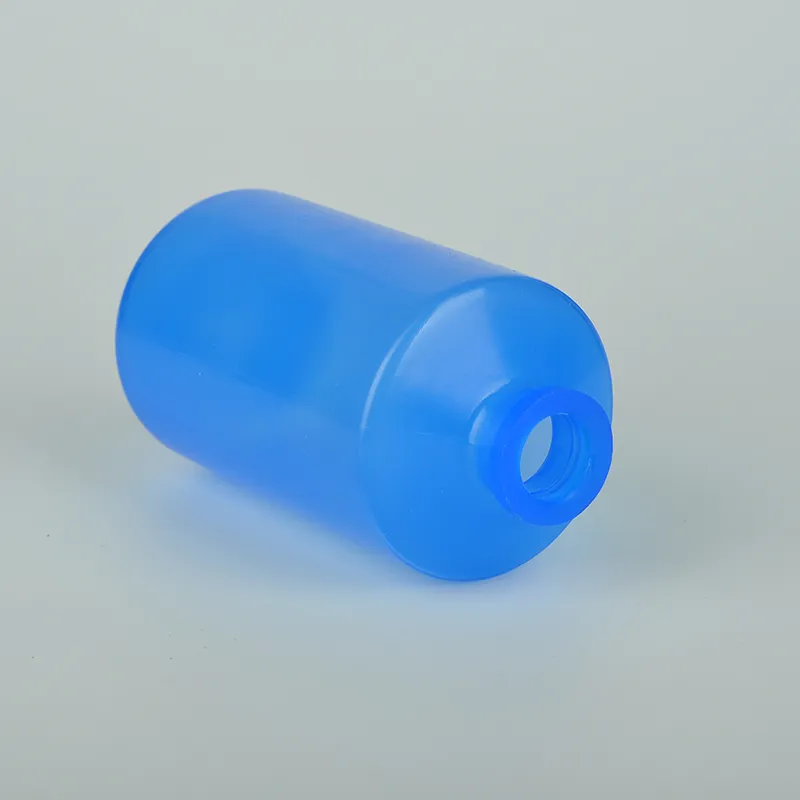
-
 Afrikaans
Afrikaans -
 Albanian
Albanian -
 Amharic
Amharic -
 Arabic
Arabic -
 Armenian
Armenian -
 Azerbaijani
Azerbaijani -
 Basque
Basque -
 Belarusian
Belarusian -
 Bengali
Bengali -
 Bosnian
Bosnian -
 Bulgarian
Bulgarian -
 Catalan
Catalan -
 Cebuano
Cebuano -
 Corsican
Corsican -
 Croatian
Croatian -
 Czech
Czech -
 Danish
Danish -
 Dutch
Dutch -
 English
English -
 Esperanto
Esperanto -
 Estonian
Estonian -
 Finnish
Finnish -
 French
French -
 Frisian
Frisian -
 Galician
Galician -
 Georgian
Georgian -
 German
German -
 Greek
Greek -
 Gujarati
Gujarati -
 Haitian Creole
Haitian Creole -
 hausa
hausa -
 hawaiian
hawaiian -
 Hebrew
Hebrew -
 Hindi
Hindi -
 Miao
Miao -
 Hungarian
Hungarian -
 Icelandic
Icelandic -
 igbo
igbo -
 Indonesian
Indonesian -
 irish
irish -
 Italian
Italian -
 Japanese
Japanese -
 Javanese
Javanese -
 Kannada
Kannada -
 kazakh
kazakh -
 Khmer
Khmer -
 Rwandese
Rwandese -
 Korean
Korean -
 Kurdish
Kurdish -
 Kyrgyz
Kyrgyz -
 Lao
Lao -
 Latin
Latin -
 Latvian
Latvian -
 Lithuanian
Lithuanian -
 Luxembourgish
Luxembourgish -
 Macedonian
Macedonian -
 Malgashi
Malgashi -
 Malay
Malay -
 Malayalam
Malayalam -
 Maltese
Maltese -
 Maori
Maori -
 Marathi
Marathi -
 Mongolian
Mongolian -
 Myanmar
Myanmar -
 Nepali
Nepali -
 Norwegian
Norwegian -
 Norwegian
Norwegian -
 Occitan
Occitan -
 Pashto
Pashto -
 Persian
Persian -
 Polish
Polish -
 Portuguese
Portuguese -
 Punjabi
Punjabi -
 Romanian
Romanian -
 Russian
Russian -
 Samoan
Samoan -
 Scottish Gaelic
Scottish Gaelic -
 Serbian
Serbian -
 Sesotho
Sesotho -
 Shona
Shona -
 Sindhi
Sindhi -
 Sinhala
Sinhala -
 Slovak
Slovak -
 Slovenian
Slovenian -
 Somali
Somali -
 Spanish
Spanish -
 Sundanese
Sundanese -
 Swahili
Swahili -
 Swedish
Swedish -
 Tagalog
Tagalog -
 Tajik
Tajik -
 Tamil
Tamil -
 Tatar
Tatar -
 Telugu
Telugu -
 Thai
Thai -
 Turkish
Turkish -
 Turkmen
Turkmen -
 Ukrainian
Ukrainian -
 Urdu
Urdu -
 Uighur
Uighur -
 Uzbek
Uzbek -
 Vietnamese
Vietnamese -
 Welsh
Welsh -
 Bantu
Bantu -
 Yiddish
Yiddish -
 Yoruba
Yoruba -
 Zulu
Zulu
Exploring Variations in Sizes of Large Petri Dishes for Scientific Experiments and Applications
Understanding Large Petri Dish Sizes and Their Applications in Science
Petri dishes, round shallow dishes typically made of glass or clear plastic, are essential tools in microbiology and various fields of biological research. One of the significant considerations when using Petri dishes is their size. Large Petri dishes provide specific advantages for various scientific applications, which merit a closer examination.
Firstly, the most common sizes for Petri dishes are 90 mm and 100 mm in diameter. However, sizes can expand significantly, with large Petri dishes measuring up to 150 mm or more. These larger dishes can accommodate a greater volume of media, allowing researchers to grow more cultures simultaneously. This feature becomes particularly beneficial in experiments involving bacterial or fungal cultures, enabling better yields and facilitating more extensive recordings of results.
Understanding Large Petri Dish Sizes and Their Applications in Science
In addition to microbial culture, large Petri dishes play a crucial role in plant tissue culture. Researchers use large dishes to nurture plant cells, tissues, or organs under controlled conditions. This technique is particularly important in agronomic research and biotechnology, where specific growth hormones can be studied in large populations of plant material simultaneously. The larger surface area allows for the easy manipulation of conditions such as pH, nutrient supply, and gaseous exchange, crucial for successful tissue culture growth.
large petri dish sizes

Another advantageous aspect of large Petri dishes is their utility in environmental and ecological studies. When researchers examine microbial communities or biofilms, larger dishes provide a more suitable substrate for simulating environmental conditions and conducting experiments related to biofilm formation, antibiotic resistance, and microbial interactions. The larger size enables the researchers to mimic natural habitats more effectively, leading to results that can be closely related to field conditions.
Moreover, large Petri dishes can also be beneficial in educational settings. In laboratories with limited resources, teachers can use larger dishes to demonstrate microbial growth and conduct experiments with multiple student groups simultaneously. This educational approach not only fosters collaborative learning but also engages students with hands-on scientific inquiry, providing them with valuable practical experience.
However, using larger Petri dishes does come with challenges. For example, contamination can become a more significant issue due to the increased surface area and volume. Care must be taken when handling and sterilizing the dishes to maintain aseptic conditions. Additionally, large Petri dishes can be heavier and more cumbersome to manipulate, requiring careful handling to avoid spills or breakage.
In conclusion, large Petri dishes are versatile tools in scientific research, offering numerous advantages across various fields, from microbiology and botany to environmental science. Their capacity to hold larger samples, foster experimental versatility, and facilitate a more extensive array of research endeavors makes them indispensable in modern scientific laboratories. As our understanding of biology continues to evolve, the utility of large Petri dishes is likely to expand, paving the way for innovative research methods and discoveries in the future.
-
Premium Metal Dropper Bottle for Precise Dispensing 250ml & 1ml Options AvailableNewsJul.04,2025
-
20 ml Headspace Vials - High Quality Polyethylene & Plastic Vials for Lab UseNewsJul.04,2025
-
Small Bottle with Pipette - Precise Dispensing 100ml Pipette Bottles for Essential Oils & Lab UseNewsJun.24,2025
-
Acetic Anhydride Bottle for Accurate Dropper Measurement in Pharmacy Use High-Quality Dropper BottlesNewsJun.10,2025
-
Innovative PET Bottle Design for Juice – Unique Shapes & Customization OptionsNewsJun.10,2025
-
20 Pack Sterilized Petri Dishes – Assorted Sizes, High Quality Small Plastic Petri Dishes for Lab UseNewsJun.10,2025






















